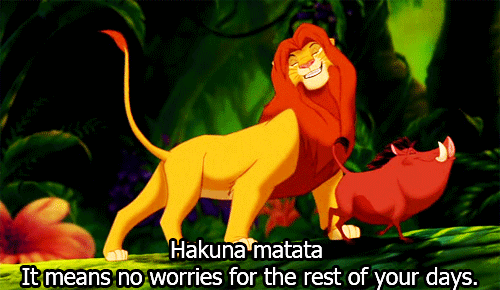Anyone who knows me knows I love music. Those same people also know I have absolutely no musical talent – outside of being lead recorder player in the fifth grade. Respect.
Regardless, while reviewing proposals for the CCS, I always have at least one earbud in. Sometimes I can be listening to rock ‘n’ roll. Other times, when I really need to focus on the words but still need the background noise, it might be my singer/songwriter station on Pandora.
And, frankly, I don’t think there’s any better way to start the morning than with a Disney power ballad.

What I listen to depends on my mood. I choose a genre based on what I’m feeling, and I do the same thing whenever I need to write. And, luckily for me, what I lack in the musical department I more than make up for with my occupational title of Word Nerd.
Words as music
Academy Award winner and renowned writer Aaron Sorkin has stated, “It’s not just that dialogue sounds like music to me. It actually is music.”
Like Sorkin, I believe there’s a musicality to words written just the right way. That way, however, is limitless. And what some might not realize is that it isn’t entirely based on what you’re saying.
In proposal writing, it is safe to assume you are writing a persuasive piece. You are writing to a client in hopes of winning a bid for your company. The words you choose are intended to show authority, display trust and, above all else, convince the reader you are the only one capable of doing the job well.
The problem: So is everyone else.
So, if the words you are writing are likely the same words as your competitors, how can you set yourself apart? Easy. Sound different.
Pacing is key
In the same way that we understand music to contain verses, hooks and bridges – all in varying timbres, pitches and volumes – your writing should be structured in a way that makes the reader unable to forget it. There’s a time and place for every point you need to make, and it’s your responsibility as the writer to discover the beat that’s not only most appropriate for the content, but also most likely to stick in your readers’ heads.

Sentences and paragraphs should have a rhythm, something driving the reader to easily move from one to the next. For proposal writing, think about a crescendo; your writing should increase in intensity. It should build and build and build, ultimately leaving the client wowed and with no other option than to choose your company.
One of my favorite teaching tools related to this skill comes from Gary Provost. I’ve included it below, as it poetically covers in just one paragraph exactly the topic I’ve droned on about for approximately 500 words now. His writing not only speaks to the point but is emphasized through the structure in which he makes it.

Don’t be sad. We’ll be back on the first Monday next month with a new blog post. If you can’t wait that long – whether because you have a topic you’d love us to cover, a question or you simply want to throw your two cents into the pot – we love talkin’ shop, so drop us a line.






